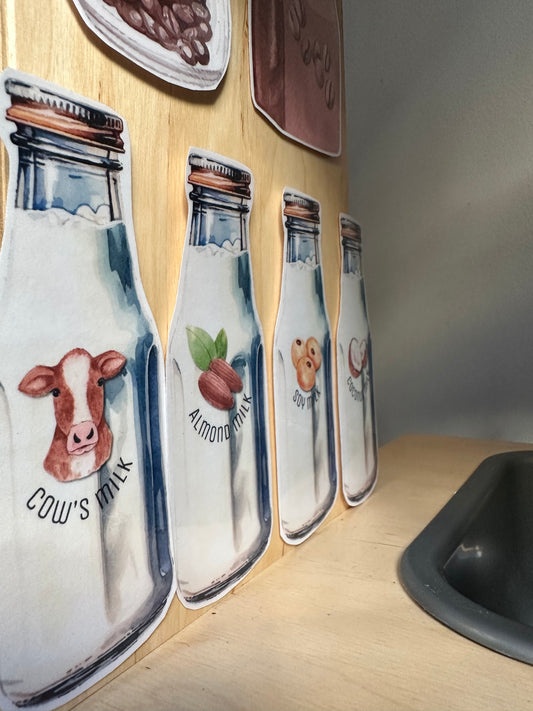 The journey to effective writing begins long before a child ever pens their first letter. It starts with the fundamental skill of line tracing, an activity that might seem simple at first glance but is packed with developmental benefits. Today, let’s explore the transformative power of line tracing and introduce you to a resource that’s been a game-changer for parents and educators.
The journey to effective writing begins long before a child ever pens their first letter. It starts with the fundamental skill of line tracing, an activity that might seem simple at first glance but is packed with developmental benefits. Today, let’s explore the transformative power of line tracing and introduce you to a resource that’s been a game-changer for parents and educators.
Fine Motor Skills Development
One of the most significant benefits of line tracing is its impact on fine motor skill development. These skills are crucial for the precision required in writing, enabling children to control writing tools effectively. Through tracing, young learners strengthen the small muscles in their hands and fingers, laying a solid foundation for future writing success.
Hand-Eye Coordination
Line tracing also enhances hand-eye coordination. This skill is essential not just for writing but for a range of daily activities. As children follow the path of lines with their eyes while guiding their pencil, they learn to synchronize their movements, improving their overall coordination and control.
Cognitive Skills Enhancement
Tracing activities challenge young minds to recognize patterns, shapes, and directions, fostering cognitive development. This form of practice encourages children to understand spatial relationships, a critical aspect of learning how to form letters and numbers correctly.
Building Confidence and Patience
Learning to write is a process filled with trials and errors. Line tracing provides a structured yet flexible framework for children to practice, learn from mistakes, and improve. The sense of achievement they get from completing these activities boosts their confidence and teaches the value of patience and perseverance.
A Story of Transformation
Consider the story of Alex, a preschooler who struggled with the basics of writing. Holding a pencil was a challenge, and the concept of writing letters seemed a distant dream. Alex’s journey took a turn when introduced to line tracing activities. Over weeks, Alex’s grip strengthened, and the lines on the paper began to obey, turning from shaky squiggles into smooth, deliberate strokes. This transformation was not just about writing; it was about gaining the confidence to tackle new challenges.
Our Line Tracing Pages: A Tool for Success
Recognizing the importance of these skills, we’ve developed a set of 10 printable line tracing pre-writing practice pages for preschoolers and toddlers. Designed to be fun, engaging, and educational, these worksheets cover a variety of lines and shapes, tailored to enhance the developmental benefits of line tracing. Whether you’re a busy parent, a homeschooler, or a preschool teacher, these pages are a valuable resource for supporting your young learners’ journey.
Our tracing pages are more than just worksheets; they are a stepping stone to writing success, offering a structured way to develop the skills necessary for future academic achievements. Ready for immediate download and designed for personal use, they’re the perfect addition to your educational toolkit.
Incorporating line tracing into your child’s learning routine can significantly impact their writing readiness, and with our tracing pages, you have everything you need to get started. Witness the joy as your child masters the art of line tracing, unlocking the door to the world of writing with confidence and skill.
Final Note: Maximizing Value and Sustainability
To further enhance the value and longevity of our line tracing pages, consider laminating them. This simple step transforms the worksheets into durable, reusable resources that your child can practice with again and again, using dry-erase markers. Not only does this save you money and time from having to reprint pages, but it also contributes to environmental conservation by reducing paper waste. Laminated tracing pages offer an endlessly reusable learning tool, making them a cost-effective and eco-friendly addition to your educational resources. Embrace this approach to support your child's learning journey while taking a step towards a more sustainable future.







